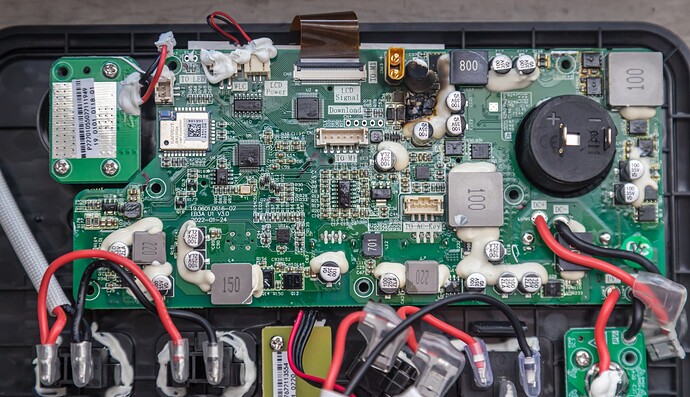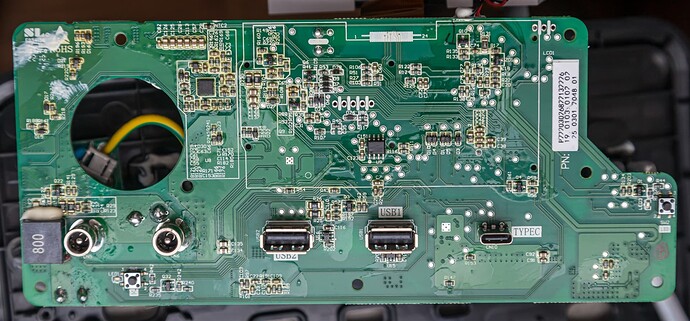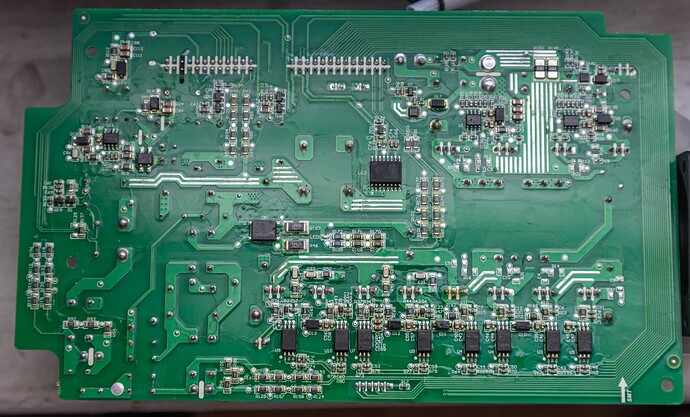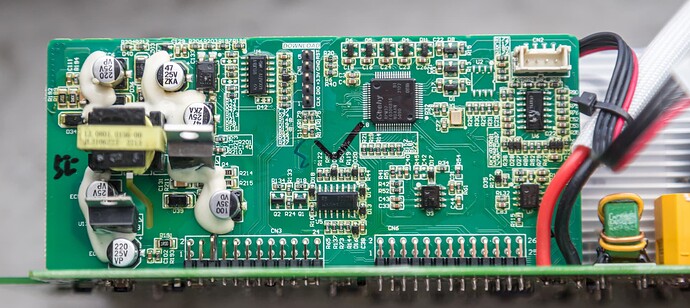Yep, I was fully aware of the 28V limitation too, it was my own misstep as I was A-B testing between my EB3A and EB150 and forgot to rewire the solar panels back to parallel.
It failed to protect, so it tells me the protection scheme is inadequate. That shouldn’t have happen, regardless of the votage. Poor design. Need to be fixed by Bluetti.
This would have failed CSA inspection, as insufficient protection.
Murphy law, dictates, it will happen, regardless how careful. Beside the fact that 28 volt limit is just too limited.
If you had a setup that was close to 28 volts and when the cold weather arrives and you are not home. You could end up with a building on fire. All because it couldn’t handle over 28 volts, in your case 62. That not that high.
Well, now that I know that, guess what, my purchase of eb3a is a no no for me. I have returned my EB3a, due to high, buzzing fan noise.
Thinking to reorder it later, but with your experience. That purchase plan is history
Hopefully my AC200MAX has better input protection. 150 volt is nice, but I expect it to protect at 250v.
This should be fixed under warranty.
I’m mostly surprised that it took terminal damage. I would have expected some kind of fuse or similar protection, where it would either trip out or fuse a protective component near the input that could be replaced. That seems like a fairly likely type of problem to have, and not having any physical protection against it seems really odd.
Looks like it did a lot more damage than I initially thought. An autopsy of the circuit boards reveals a lot of tiny bumps and shiny spots on the IC chips which is generally a sign of short circuit/over-heating.
Dang, so basically zero over-voltage protection it looks like. Now that I would not have expected!
I wouldn’t say zero, there was a time where I had plugged in 31V DC into the solar input and the Input label on the display would blink. Also, from my limited electrical knowledge, a fuse doesn’t provide over-voltage protection, only against over-current.
You’re correct, a simple fuse wouldn’t. It would need to be some other kind of hardware, but I know over-voltage protection isn’t all that uncommon. Especially when you’re talking voltages that low!
Upon further research, it would seem that Bluetti products only offers over-voltage protection at the BMS level to protect the battery. There is no dedicated over-voltage protection for the rest of the power station. There is no mention of over-voltage protection in the EB3A manual, only on their website:
So it would seem. I think language barrier might be biting us here a bit as well, particularly in the advertising. It does apparently NOT offer over-voltage protection in the area most vulnerable to over-voltage, it seems.
I think what surprised me the most here was how relatively low the over-voltage was. I’d expect damage if you, say, plugged the 18v input into 120VAC or something, but at only 62VDC? That’s not the kind of voltage that even really starts arcing or anything. This has definitely made me a bit more concerned about their actual design vs what I expected from the literature.
The capacitors that were near the damaged part of the circuit board in my pictures are rated at 35V and some at 25V so 62V through them is basically a death sentence. Maybe it was not worth the cost to implement any over-voltage protection and the y rely on the labels and documentation to “protect” the customer. This also is not something that is as likely to happen as say over-current protection.
Just strikes me as really surprising. I’m a design engineer by profession (albeit mechanical instead of electrical) and looking for the very obvious likely failure points like this is a cornerstone of designing a product. Given how absolutely ubiquitous it is to link solar panels together in various configurations to optimize charging, having your “system protection” be a printed label and “hey, we told you, it’s not our fault” as an excuse… That just seems like a pretty low-end design. I would have generally expected better from Bluetti overall.
I’m with you on that. Perhaps their higher-end models have more robust over-voltage protection, their EB3A is the cheapest unit on sale today so somewhat understandable if it doesn’t come with all the bells and whistles the more expensive units may have.
Thank you for the inside pictures of the EB3A. Could you point out the MPPT controller that Bluetti says is in this unit. Most MPPT controllers can handle over-voltage but where is the one in the EB3A?
I once tried 4 full size panels in series on my EP500, which might have gone just a few volts over the limit. The screen displayed an error, no damage done. It would be nice if the cheaper units could do the same.
It definitely makes me a lot more concerned about my EB70S anyway. I wasn’t too worried about it before, but that definitely raises the question. I’d love to see how, say, Ecoflow handles over-voltage protection.
After half an hour of taking macro shots here are the chips I could identify:
- Southchip Semicon SC8802QDER
- ISMARTWARE SW3516H
- Texas Instruments LM239
- Texas Instruments LM224
- B 56001 C06VCC
- NiRS 21N1D X144A2
- Holtek HT1621B (LCD driver)
- ACT08
- Magn Tek MT9222WT-50BR5
I’m leaving out the two ARM chips as they are obviously not MPPT controllers.
in short something strange found is
1)Bluetti over-voltage protection
2)You fix the EB3A yourself
![]()
Sorry to read about your accident. Have you asked Bluetti for service or a replacement? They have a warranty replacement plan for most of their devices.



